The Most Effective Exposure
2 CommentsIf a graphic designer makes an amazing logo in the woods and nobody is around to see it, does it attract new clients?
There is a lot of talent amongst the Design Range community. When you follow the Design Range on Facebook or Twitter, I always try to take a bit of time out to look through your portfolio and see what your deal is and you guys really do create some awesome work.
For a lot of us though, the quality of our work isn’t the reason we’re not rolling in client requests. It’s because nobody knows our work is even out there.
When you sign up for the Design Range newsletter (like you can do by entering your email address at the bottom of this article), I ask you to tell me what problems you’re having with your business, and recently Chris R got in touch to ask me how to gain more effective exposure for his design services.
Exposure is a huge part of running a design business and it’s something that I’m always trying to find new ways to approach.
The thing is, I think I’ve always approached exposure as exactly that – exposing potential clients to my work through my portfolio or social media accounts and just expecting them to be bowled over and hire me immediately. In reality that’s probably a bit of a romantic expectation (it’d be nice though right?).
What I should have been doing is not approaching it as exposure at all, but as marketing.
Exposure vs Marketing
Aren’t they the same thing essentially?
Well, yes, they are very similar and it’s true that both terms are often used interchangeably, but marketing is different from exposure in one very vital way. It asks the question; why?
Why should the client look at your portfolio?
Why should the client consider hiring you?
Why does the client even want what you’re selling?
Be the Research
Say (god forbid) your computer blows up right now. Just “pffft”, the screen goes blank and the fan dies. What do you do? Do you run straight to the nearest shop and buy the first computer you see? I doubt it.
What you, and any rational person would do is hop online (probably on your phone I’d imagine if your computer has just died) and do a bit of research on computers. You’d look through articles and advice, and educate yourself on precisely what you required.
Why would you bother doing all this?
Because a computer is important to you. It’s a vital part of your business. It’s worth spending the time to get right.
To a client, their next website, next logo, next photo shoot is an important investment. It’s something worth spending the time to get right. So surely their first port of call would be to do some research?
I know it’s not always the case, and on occasion clients will dive straight in to a project with no real idea of what they want the end product to be. But more often then not when a client approaches me, they have a rough idea of what they want and maybe a few examples.
That’s because they’ve done the research.
Now here’s where the exposure part comes in. What if you are providing that research? What if the client comes to your website trying to get a better idea of what they want? If you can answer their questions successfully and provide value to them, and then on top of that you offer to actually do the work for them, why would they even bother looking for another designer?
My Mistake
I’ll let you in on a secret here, and please don’t judge me too harshly.
When I very first started the Design Range, this was always in the back of my mind. Perhaps not quite so well thought out, but the rough idea was certainly there. If I wrote about design, then clients might find my articles and hire me!
Ultimately though I made two very fundamental errors.
Firstly, I created the website entirely separately from my business. It had a different name, was at a different URL and although they’re similar now, at the time the Design Range first launched, the design of the website was very different too. There was absolutely nothing linking The Design Range to my business other than my name at the end of the articles (this is in a time too when AlexanderSingleton.com didn’t exist, and HuntingTownDesign.com was my only business presence).
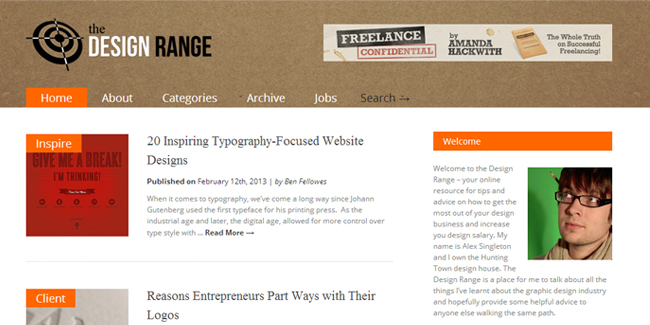
Secondly, the articles I wrote about, as I’m sure you’re aware, were about actually running a design business. I thought that just by writing about design very generally, potential clients would see it. In reality I was putting up a wall to keep them away. Yes I was writing about design, but it wasn’t any part of design that a client would ever be interested in. Why would a client that needed a logo or a website design ever read an article on how to set up a graphic design shop?
In the end I decided to abandon the Design Range for almost six months (long time readers may remember the huge gap in posts).
In my perceived failure, I didn’t realise that what I had in fact created was an incredibly valuable resource for people just like me; needless to say I’ve realised my mistakes and I’m committed to continuing to offer advice to anyone who might find it useful.
Also, I want to point out, that even though I’m calling this approach a ‘mistake’ (in terms of attracting clients at least), there is every chance that with a large enough audience it could still work, and there are designers out there such as Sean McCabe of Sean Wes and Preston Lee of Millo who have used this approach with great success.
The Best Approach
To approach this method of exposure in the most effective way you need to think about this.
What would a client want to know? You need to get inside the head of your ideal client (this is easier if you’ve presented yourself as a specialist like I talk about in 5 Ways to Give Yourself a Pay Rise) and pre-empt what kinds of questions they would type into Google. We all try to maximise our SEO for searches like ‘Graphic Designer in the Manchester area‘ (see what I did there?) but that’s a secondary search term. The client will only type that into Google once they’ve already done their research. By then it’s too late.
You need to get in on that first search term. Say for instance you design logos, your clients might be searching terms like;
Things you need to know when designing a logo
Best logo designs for 2015
Most effective logos for online businesses
You get the idea.
What you need to be doing is answering questions like this on your website. You need to be telling Google that if someone wants to know about logo design, then they should to be sent to you. You are the logo design expert. You need to create a blog right next to your portfolio and start writing articles that provide valuable content for your clients.
Not for you.
Not for your peers.
For your clients.
Then at the end of every article you need a contact box that says “HEY – guess what – I know my shit. Hire me and I’ll make you a kick ass logo. If you literally make any other decision then you are dumb”, or maybe just “hire me” will do – by this point the rest should be obvious.
What you should do right now is come up with 100 questions you think your ideal client might want to know. That’s 100 articles you can write. If you write an article a week, that’s almost two entire years worth of content.
If that all sounds like a lot of work, then good.
It fucking is.
You will have to spend a lot of your free time thinking up, planning and writing this content. It takes a lot of effort, and you absolutely, 100% will not get paid for it. This information, this valuable font of knowledge that you’re creating is available to absolutely anyone for absolutely nothing. Which is precisely the reason that it will work.
Make yourself the obvious choice.
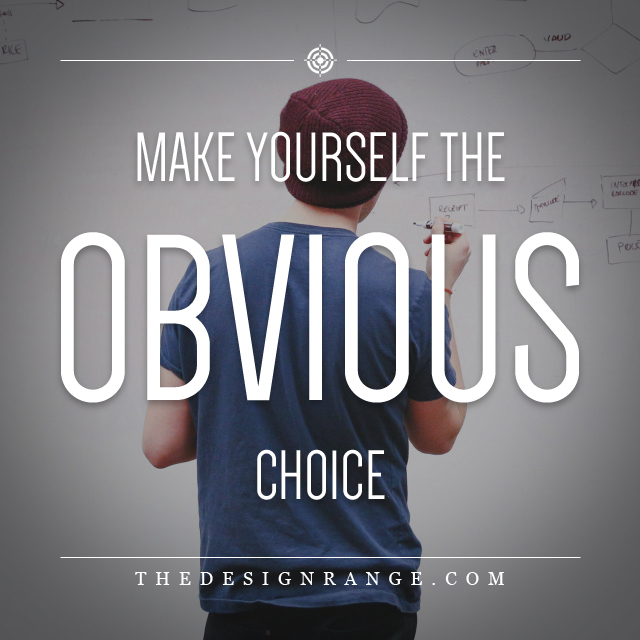


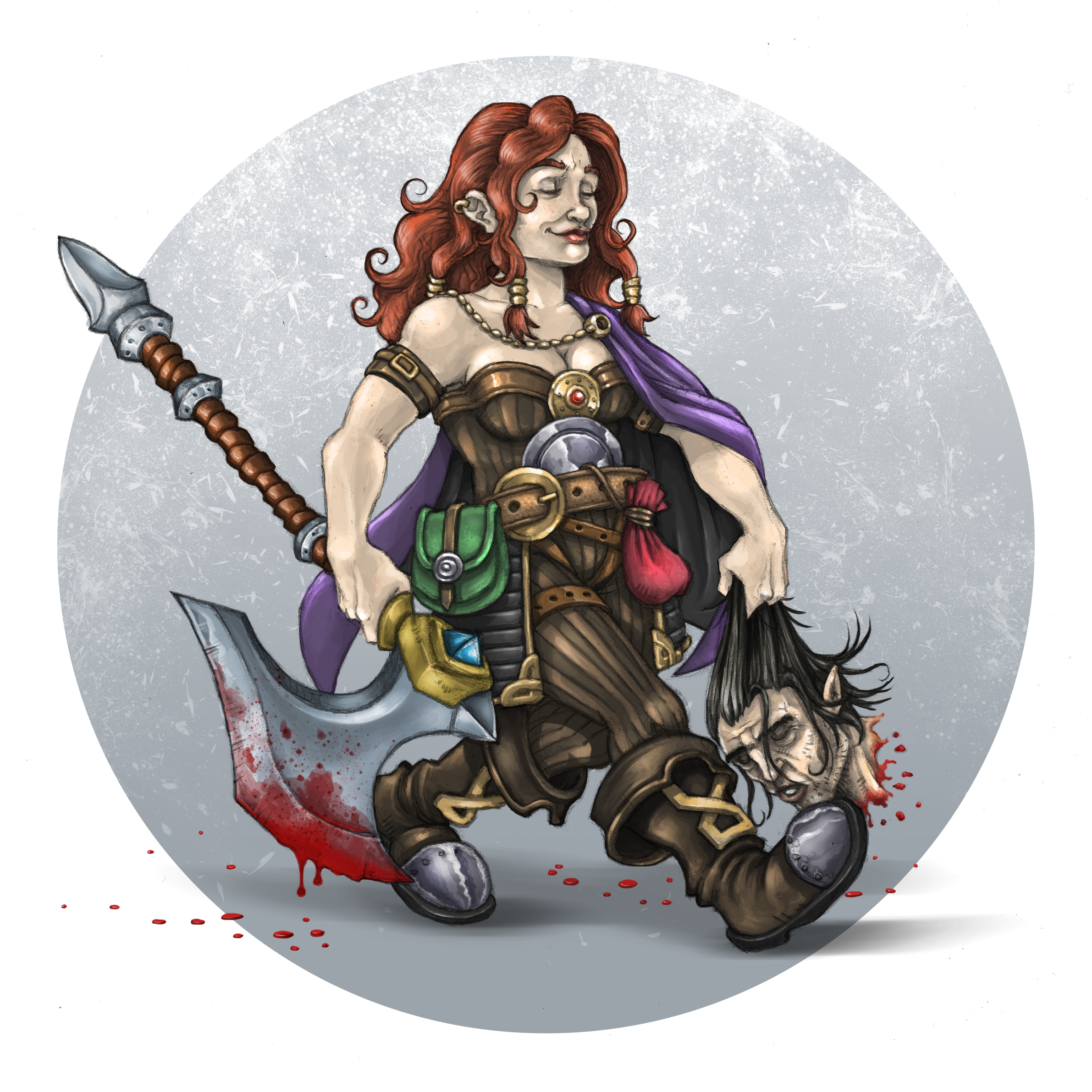
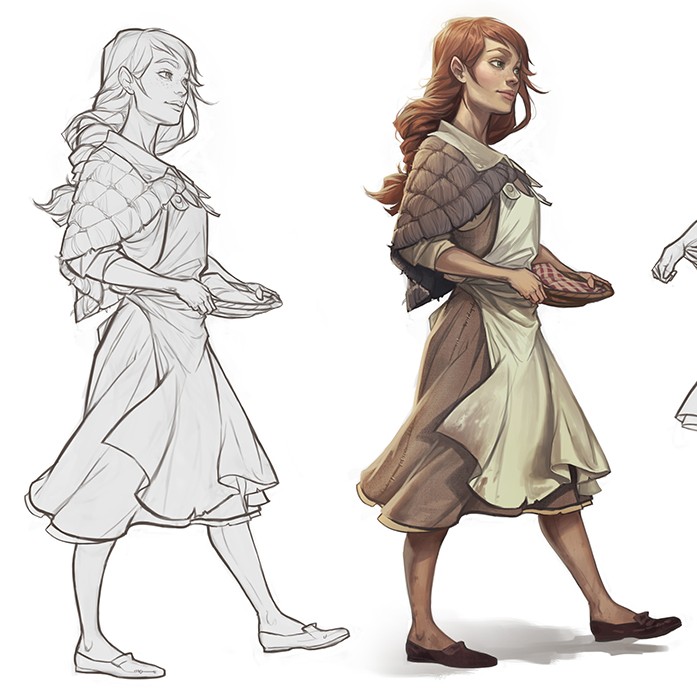
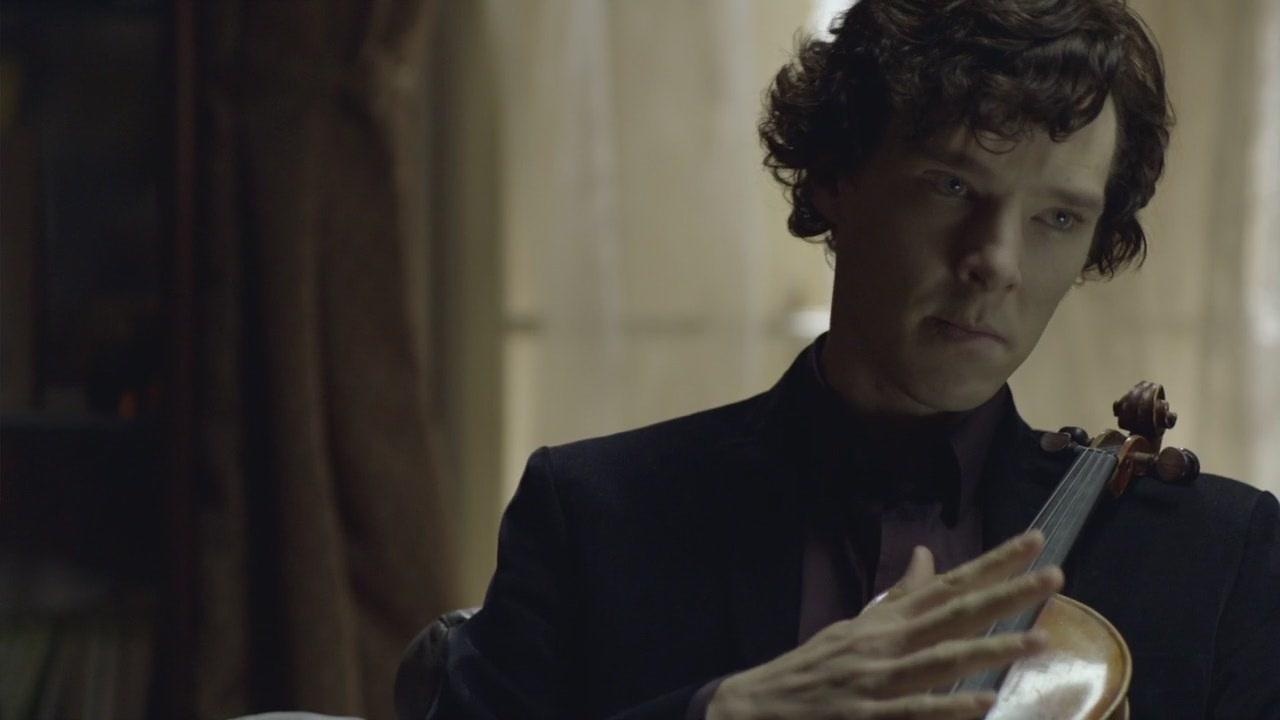
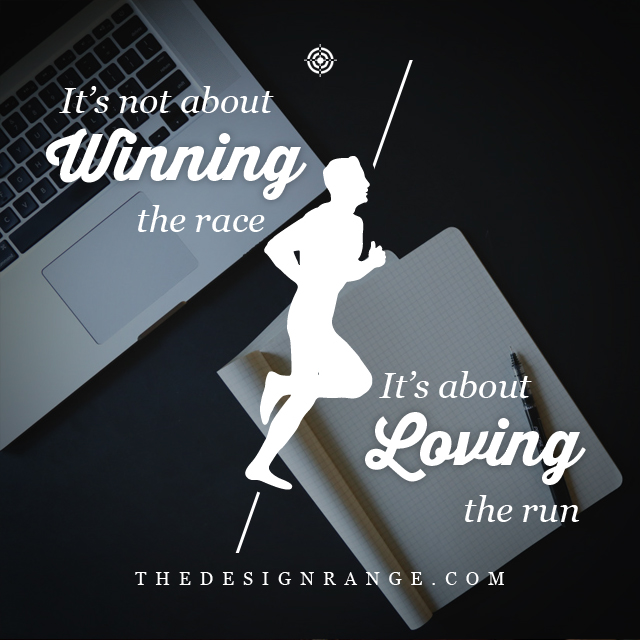 (Pin it!)
(Pin it!)